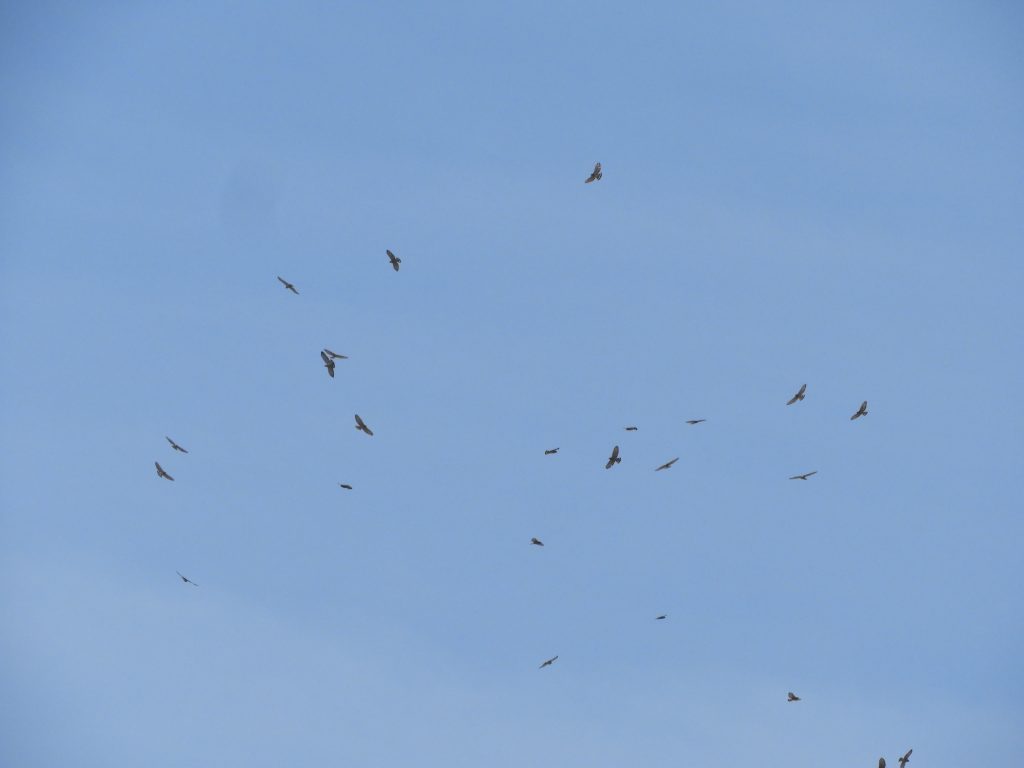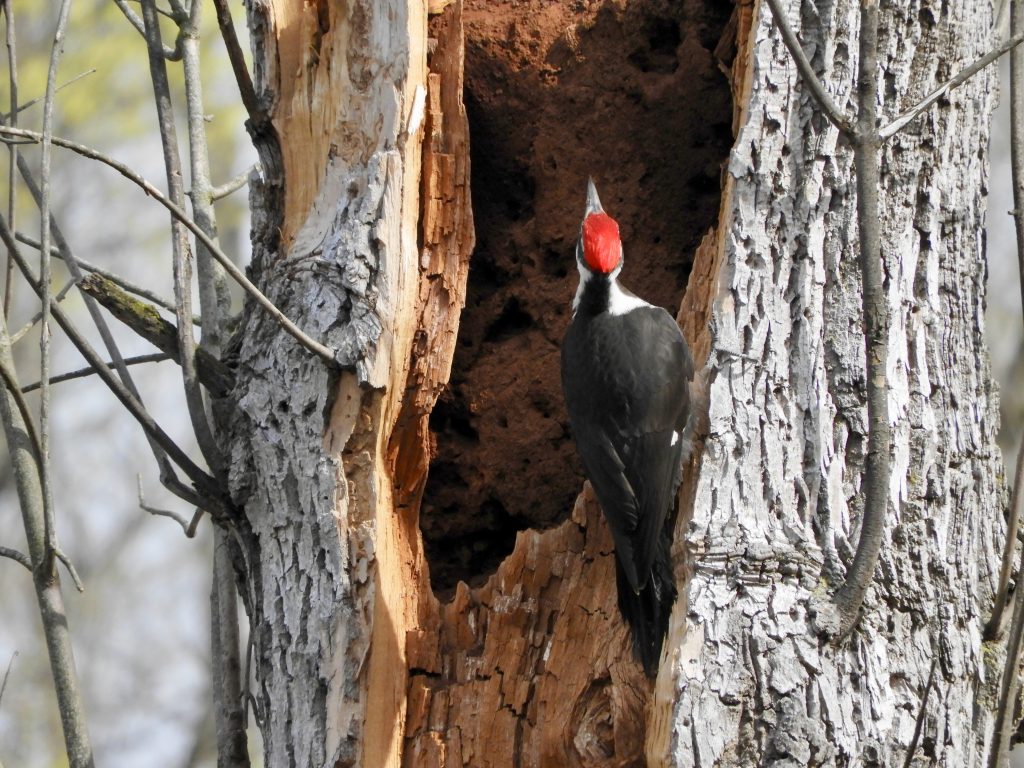 Safari Rd. Flamborough. ON. May 4 2023. There’s a large marsh not far from home that took a beating when the local council decided it was in the way of commerce and would be better off crossed by a road. I think that for locals it was not a bad voter-return on investment. The trouble is that the water level in the marsh fluctuates, sometimes to extremes with spring being the wettest time and I suspect the road base is slumping a bit. A wet spring like this year’s inevitably floods the road and it is now closed. Which is fine by me, because today in the absence of traffic I was able to walk that stretch of road to look and listen for the many, usually inaccessible, marsh birds.
Safari Rd. Flamborough. ON. May 4 2023. There’s a large marsh not far from home that took a beating when the local council decided it was in the way of commerce and would be better off crossed by a road. I think that for locals it was not a bad voter-return on investment. The trouble is that the water level in the marsh fluctuates, sometimes to extremes with spring being the wettest time and I suspect the road base is slumping a bit. A wet spring like this year’s inevitably floods the road and it is now closed. Which is fine by me, because today in the absence of traffic I was able to walk that stretch of road to look and listen for the many, usually inaccessible, marsh birds.
Almost right away I could hear the deeply guttural call of an American Bittern and away in the back the unhinged banshee-gurgle of a Pied-billed Grebe, two birds best found at the back-waters of inaccessible wetlands. I joined another birder who had earlier succeeded in photographing the bittern. Tree Swallows in pairs looped around us looking for suitable tree stumps with nest-holes and a distant Common Gallinule swam quickly across the flooded road, a lucky sighting. We stood talking while scrutinising the edges of Cattail reedbeds hoping the bittern might re-show itself. Were it not for the faint hope of seeing it, I might have shrugged and left, but it was there somewhere and I knew from experience that bitterns can be surprisingly obvious even when they think they aren’t.
Like this one which thought its streaked plumage and sky-pointing posture would render it invisible when in fact it was anything but.
As I was finally resolving to leave, the other birder pointed and called. “There it is!” and the American Bittern flew quite low, right in front of us crossing from one side of the road to the other. Well, that made it all worthwhile and it certainly was My Bird of the Day.
But the day was yet young so I moved to another marsh, this one bisected by a wooden boardwalk. Here I could hear Virginia Rails talking to each other from opposite sides of the path. Their vocal repertoire includes a funny rhythmic grunting sound which another birder laughingly called a marsh-pig. I was lucky to catch a glimpse of one of them, like a little bantam hen scurrying through the dense Cattails; now three lucky sightings this morning: bittern gallinule and rail.











